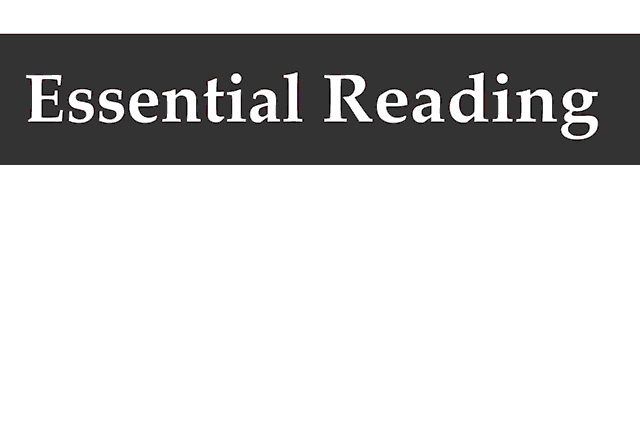April 16th, 2025
BURLINGTON, ON
NDP plan targets aid to middle class and poor, Conservatives aim biggest benefit at high incomes, Liberals offer light version of Conservative plan.
How each party’s tax plans break out
The NDP and Conservatives have produced strikingly different tax plans that focus benefits on very different people, while the Liberals offer a more muted version of the Poilievre plan, according to an analysis by the Canadians Centre for Policy Alternatives.
The analysis by CCPA senior economist David Macdonald includes the changes to taxation and tax sheltering offered by the parties and determines their impacts on tax filers in various income bands using Statistics Canada’s Social Policy
Details of party tax plans
Several elements of the NDP tax plan direct benefits to low income earners and groups while increasing taxation on some capital gains, affecting high income groups:
- make the first $19,500 of income tax-free by increasing the Basic Personal Amount
- increase the Canada Disability Benefit from $2,400 to $4,800
- increase the Guaranteed Income Supplement paid to low-income seniors
- remove GST on “essentials and monthly bills” such as home heating, cell phone and internet bill, utility bills and meals purchased from grocery stores
- increase the percentage of capital gains over $250,000 a year that is subject to taxation (i.e. capital gains inclusion rate) from 50 per cent to 66 per cent
The Conservative tax plan increases access to tax sheltering and gives an income tax cut skewed to favour higher incomes:
- make all capital gains made from Canadian investments tax-free
- increase the annual amount that can be contributed to a Tax-Free Savings Account from $7,000 to $13,000
- increase by $10,000 the amount a worker over 65 years old can earn tax-exempt
- extend the limit on RRSP tax exemption from age 71 to age 73
- cut the tax rate of the first income tax bracket to 12.75 per cent and cut the non-refundable credit rate to 12.75 per cent
The Liberal tax plan offers the same income tax cut as the Conservatives, but at a smaller rate:
-
- cut the tax rate on first income tax bracket from 15 to 14 per cent and cut the non-refundable credit rate to 14 per cent








You are not quite correct with respect to the Conservative tax plan for Capital Gains.
Capital gains from Canadian investments are only tax free/deferred when the proceeds of the gain are reinvested back in Canada. If the capital gain is not reinvested in Canada, invest abroad, or taken as cash, then tax is paid on the gain.
Regarding TFSA investments, you are also not quite correct. The Conservatives have proposed at $5,000 top up from $7,000 to $12,000 but that top up must be invested in Canada.
The rationale here, as you neglected to explain, is to reverse the tide of investment that has moved out of Canada over the 10 years of the Liberal term, and bring much needed investment back into Canada.
You also neglect the big elephant in the room is the Liberal Industrial Carbon Tax, which Carney has stated needs to be much higher, and he also plans to impose import carbon tax on countries that do not have a carbon tax. We’ll see how this works out with the US. If implemented it most certainly will drive business south of the boarder.
The Conservatives will eliminate both the Consumer Carbon Tax and the Industrial Carbon Tax – we can see the consumer carbon tax is about $0.40/L plus GST and for an average home heating bill about $30/month plus GST. All paid with after tax dollars!
PSP Investments is a Canadian tax-exempt Crown corporation that manages public service pensions. The link below provides information on various investment markets in their current portfolio. https://www.investpsp.com/en/investors/
In the private sector, existing pension plans are often acquired and traded by large investment firms. For those of us without established pension funds, we rely on accumulated wealth, part of which is in tax-deferred vehicles such as RRSP and TFSA accounts. The remainder is typically invested in global markets to maximize returns. My current investment positions largely reflect those of PSP Investments, with very little allocated to Canadian assets.
Quite Recently, the Liberal government has been in negotiations with PSP Investments to increase their Canadian holdings by consolidating with a Canadian investment fund, as mentioned in the link below. https://financialpost.com/fp-finance/brookfield-ottawa-major-pensions-being-discussed
I feel uneasy when governments dictate where I should invest my net income, rather than promote coherent investment and monetary policies that encourage overall investment.